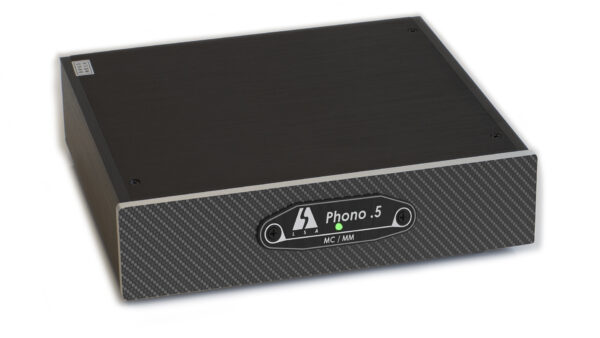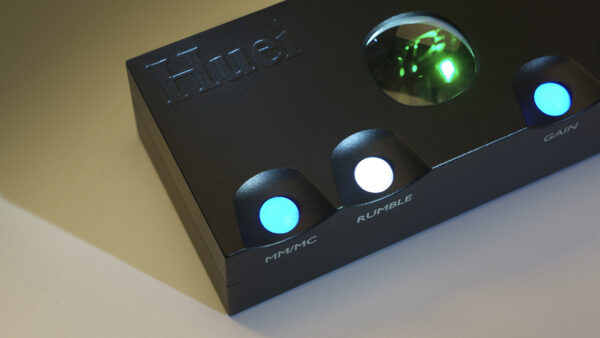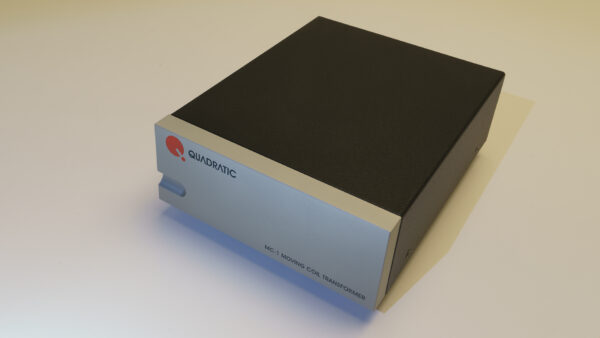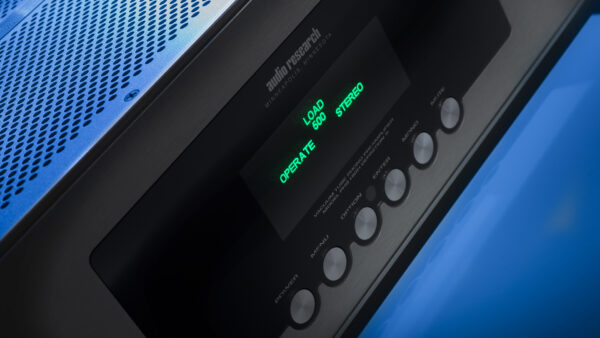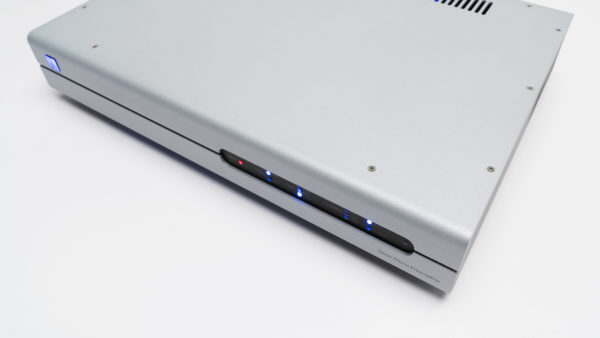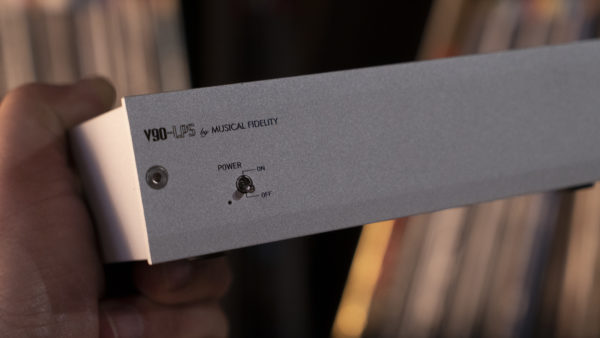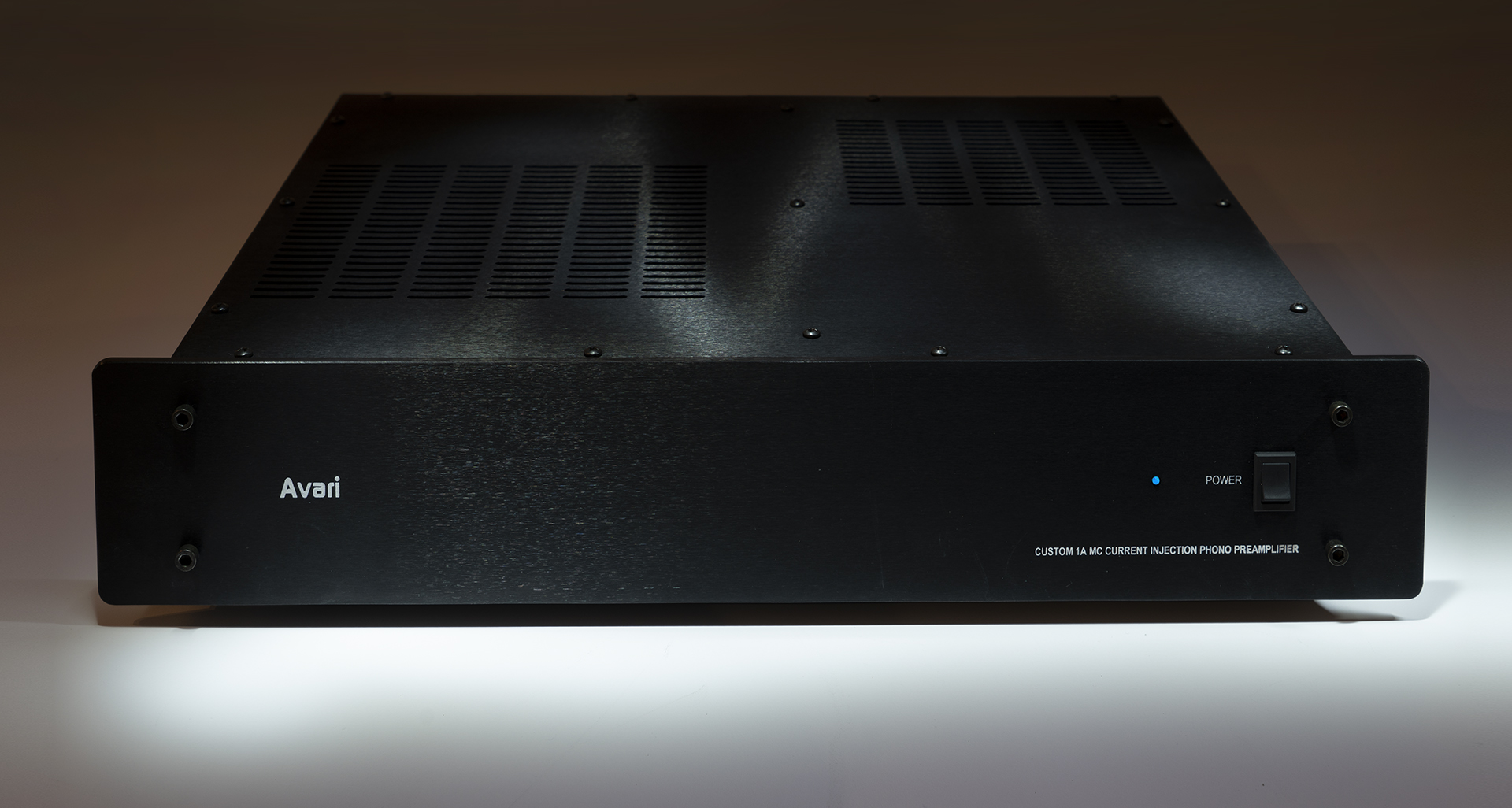 -By Richard H. Mak
-By Richard H. Mak
Plain vanilla does not get plainer than this. The Avari Phono stage is by all accounts, a very boring black box. The no frills design scores low with no aesthetic flair whatsoever. The chassis is made of aluminum with a single ON/OFF button in the front, and a set of inputs and outputs at the back
The juice, however, lies with the Avari circuit. Not just any circuit, but the very popular current amplification circuit which has captured audiophile headlines around the world. It was recently made popular by the uber-expensive CH Precision P1 Phono stage which I’ve reviewed for Mono & Stereo and TONEAudio magazines. This design has now risen to stardom, however the four chassis CH Precision P1/X1 cost nearly $ 100,000 USD, whereas the base model of the Avari C2 Phono starts at only $4,800, less than 1/20 the price of the CH, so this no-frills black box starts to look attractive indeed.
CH Precision did not invent the current amplification circuitry. It is generally agreed upon that Dr. Noburu Tominari of Dynavector was the first to invent it, but there have been a few others who have tried to claim a piece of the invention pie. From a consumer’s perspective, it makes no difference who invented it, and it is what the circuit does that matters the most.
Why use low output cartridges in the first place?
Imagine the stylus as a kayak running through the grand rapids in white water rafting. You can’t argue with physics, so a small kayak will traverse the rapids with greater agility than a sailboat. Your cartridge’s stylus is the same; the smaller the object attached to the cantilever, the more agile the cantilever can maneuver between the grooves, resulting in a more accurate retrieval of information. Typically, coil windings are much smaller than magnets, so MC cartridges are more agile than MM cartridges. Keeping the coil as small as possible reduces the moving mass, but small coils generate smaller electrical signals, requiring the phono stage to have more gain, another set of problems to overcome.
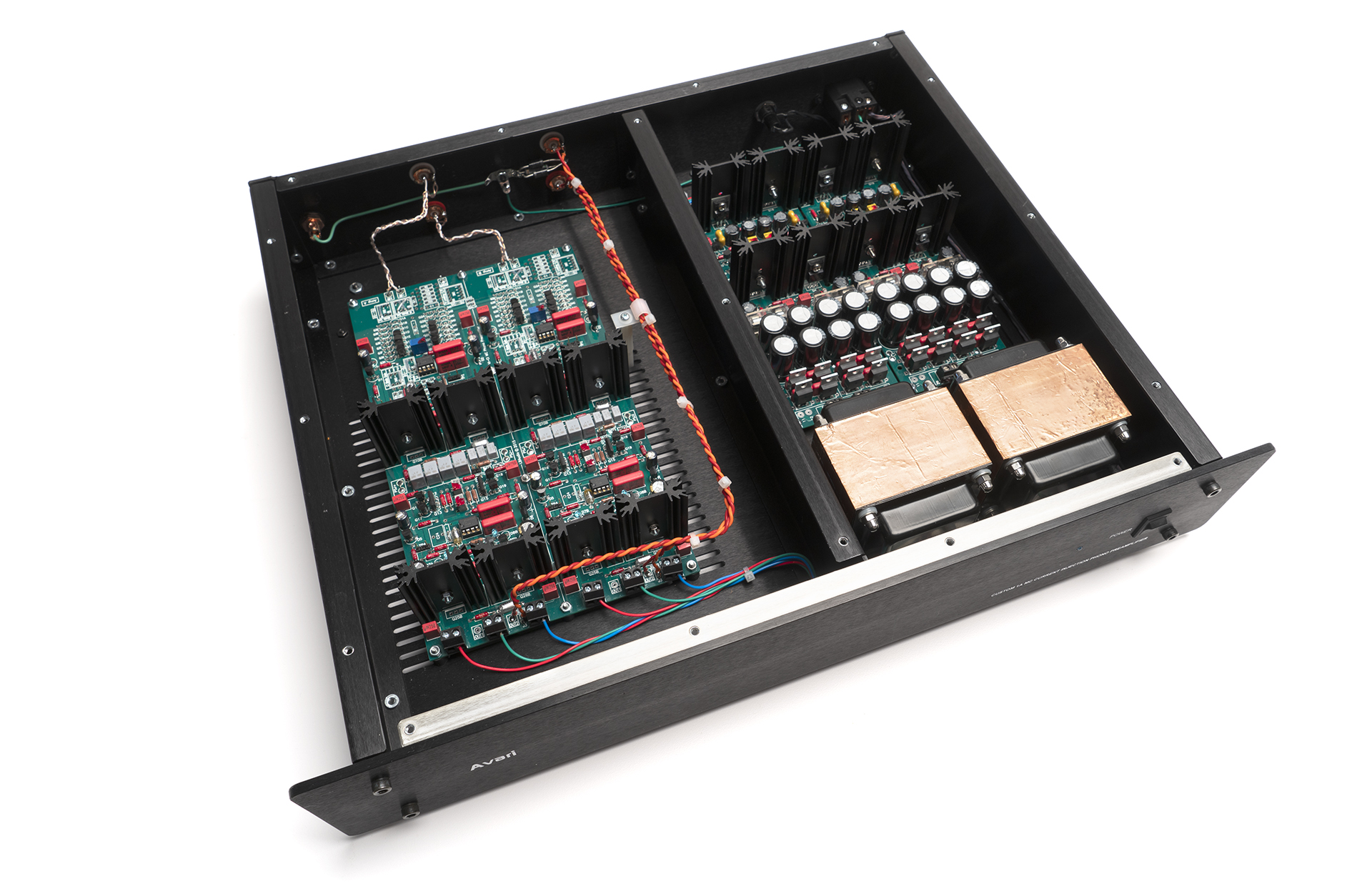 In MC cartridges, the size of the coil winding is indicated by the “Internal Impedance” spec of the cartridge, the smaller the number, the smaller the coil, the smaller the output, the more agility they will have, leading to better transient response, better dynamics, and more accurate retrieval of information. It’s no coincidence that my favorite MC cartridges have low internal impedance. ZYX’s Optimum 1 Ohm (0.2 mV), the king of the hill cartridge in my book, retrieves micro & macro-dynamics like no other on Earth. My Sonic Lab’s Ultra Eminent BC (0.2 mV, 0.6 ohm), and the new Signature Platinum (0.5 mV, 1.5 ohm) have super-fast transient responses as well. Kondo’s IO-M (0.1 mV, 1 ohm), my go-to cartridge for human voices exhibits life-like realism. The same for my beloved Lyra Olympos (0.3mV, 5.5 ohm), which I often call “the most realistic sounding” cartridge on earth – All of them have very low outputs, very low impedances, and require very high-quality phono stages. Generally speaking, cartridges with higher outputs, and bigger coil windings, simply do not deliver the same level of detail and transient response.
In MC cartridges, the size of the coil winding is indicated by the “Internal Impedance” spec of the cartridge, the smaller the number, the smaller the coil, the smaller the output, the more agility they will have, leading to better transient response, better dynamics, and more accurate retrieval of information. It’s no coincidence that my favorite MC cartridges have low internal impedance. ZYX’s Optimum 1 Ohm (0.2 mV), the king of the hill cartridge in my book, retrieves micro & macro-dynamics like no other on Earth. My Sonic Lab’s Ultra Eminent BC (0.2 mV, 0.6 ohm), and the new Signature Platinum (0.5 mV, 1.5 ohm) have super-fast transient responses as well. Kondo’s IO-M (0.1 mV, 1 ohm), my go-to cartridge for human voices exhibits life-like realism. The same for my beloved Lyra Olympos (0.3mV, 5.5 ohm), which I often call “the most realistic sounding” cartridge on earth – All of them have very low outputs, very low impedances, and require very high-quality phono stages. Generally speaking, cartridges with higher outputs, and bigger coil windings, simply do not deliver the same level of detail and transient response.
Herein lies the dilemma, analog lovers are always engaged in a tug of war between low output MC cartridges (with tiny coil windings) versus less agile higher output cartridges. The signal from Low output MC cartridges are very difficult to amplify. Most phono stage on the market employ voltage amplification circuits, where MC signals as small as 0.1 mV (or 0.0001V), are amplified by almost 25,000x in order to reach the line-level output of approximately 2.5 Volts. This usually involves several gain stages, but again higher circuit complexity usually means more noise and distortion, which translates into the background hiss you normally hear with an ultra high gain phono stage.
The first gain stage is the most difficult, component noises easily contaminate low-level signals. Very often a step up transformer (SUT) is used to boost the signal anywhere from 10 to 40 times so that it can be further amplified upstream. SUTs have the advantage of being very quiet, but they also have a few shortcomings. When voltages are amplified 10x to 40x, the energy has to come from somewhere, in this case it comes from converting current into voltage – a process often robbing micro-dynamics, resulting in a veiled and less dynamic sound than an active gain stage would provide. High-quality SUTs are very expensive, and they carry a strong sonic signature of their own. Unless you have an arsenal of SUTs at your disposal, finding the right SUT for a low output cartridge can be an expensive and frustrating exercise. Further, you must adjust the impedance load on a SUT to match with the cartridge. Getting it wrong changes the cartridge’s frequency response, with unwanted results.
Current Amplification
There is an Indian proverb that says “You can touch your ear this way, or that way,” meaning you can reach the ear with the arm on the same side, or use the other arm to wrap around your head to reach the same ear. The voltage amplification circuit is basically trying the reach your ear the more difficult way – it is forever fighting with a handicap . You are either battling with noise and multiple gain stages with low output cartridges, or you can have a higher output cartridge at the expense of a sound that is less detailed and dynamic.
This is the case for current injection. C.I operates in the exact opposite fashion as voltage amplification circuits. The C.I circuit treats the MC cartridge as a current source and amplifies the current from it, taking advantage of the low impedance of low output cartridges to amplify the signal. The Avari phono shorts the circuit of the cartridge, it converts this current to a voltage and amplifies the voltage to a useable level, thus the term “Current Injection”.
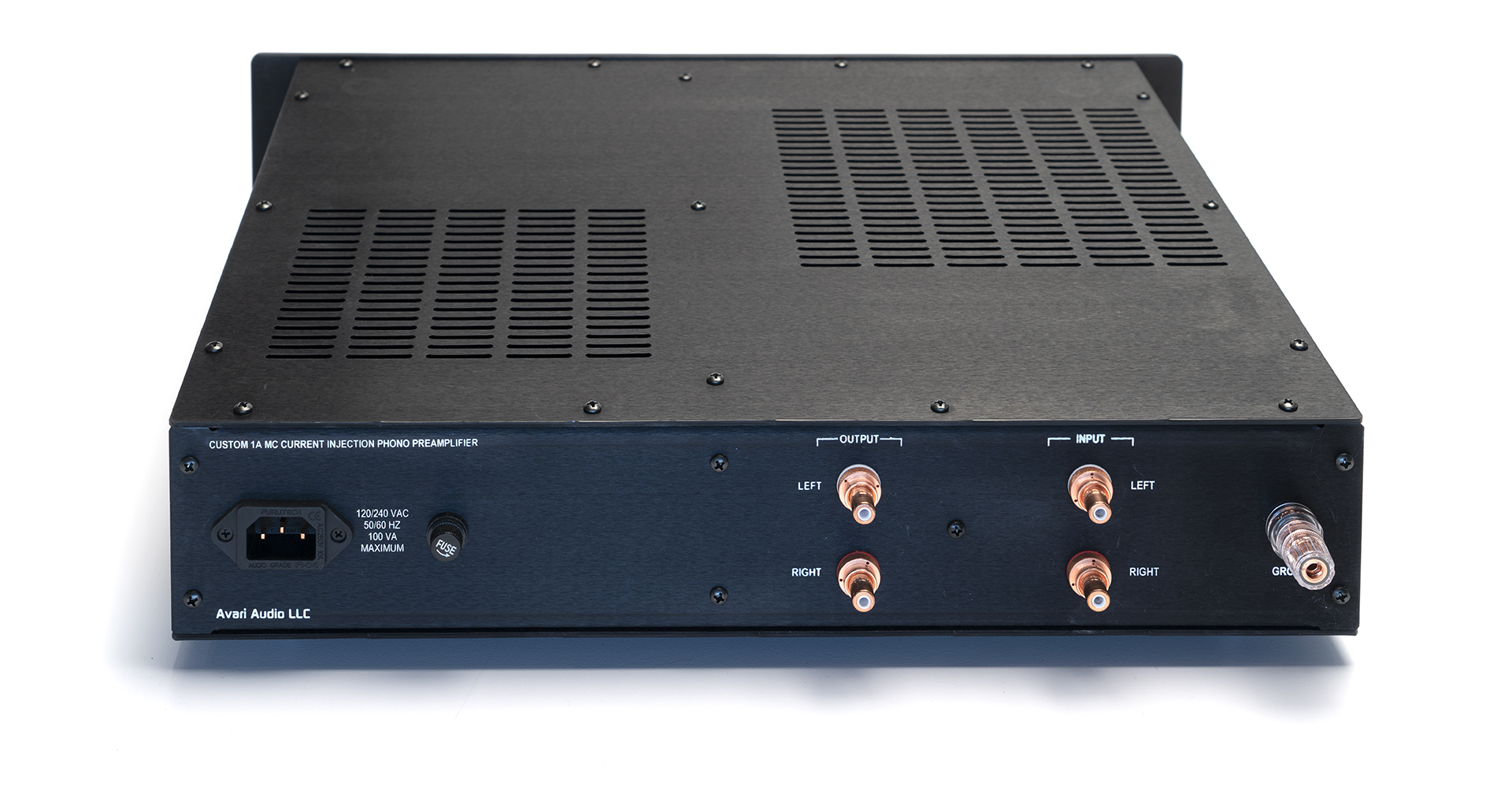 Shorting the cartridge output reduces the magnetic distortion caused by the nonlinear characteristics of the magnetic materials of the cartridge. The result is better linearity across the whole frequency range.Ultra-low output cartridges with their small coil windings are no longer subject to the usual amplification constraints; the lower the impedance, the smaller the coil, the higher the gain. It’s nearly magic.
Shorting the cartridge output reduces the magnetic distortion caused by the nonlinear characteristics of the magnetic materials of the cartridge. The result is better linearity across the whole frequency range.Ultra-low output cartridges with their small coil windings are no longer subject to the usual amplification constraints; the lower the impedance, the smaller the coil, the higher the gain. It’s nearly magic.
The Avari phono preamp is an all FET direct-coupled design offering two gain stages, and a passive RIAA equalization circuit sandwiched in between. The design is fully Class A utilizing JFET inputs, JFET drivers and MOSFET output buffers – Not that we need to understand what these are, except they take the handicap of low output cartridges and turns it into an advantage, fulling realizing the potential of their agility.
Current amplification circuits do have one limitation, they do not work well with high output cartridges or anything with a high internal impedance. There is no hard line drawn in the sand, but my experience has been cartridges with an impedance higher than 5-10 ohms quickly become lifeless and veiled, even after you fine tune your unit to match with the cartridge’s impedance. This applies to all the C.I phono stages in I have tried including the CH Precision, BMC and others, the nature of the circuity simply does not work with higher impedances, quickly loses its advantage beyond a 5 ohms internal impedance.
The Avari’s circuit inverts the signal so those who want to preserve phase integrity should reverse the connection on the phono pins, i.e connect the Red to Green, and Green to Red, and vice versa for Blue and White. It is well explained in the two page owner’s manual, which is devoted to this. Other than the ON/OFF switch, there’s nothing else to adjust. You simply plug everything in and go.
My review sample is called the C1A, a souped-up version of the $4,800 C2 base model. The C1A ($6,800) comes with:
- Dual Shunt JFET Regulator’s for each channel;
- Dual Shielded E-I Core special metal core Transformers on each channel power supply,
- Copper IEC inlets and Connectors including Ground binding post.
There is also a third model called the Avari C1 ($7,900). This is a a dual-mode phono with both current Injection, and Voltage Injection plus 3 Gain selections utilizing JFETs and a Shunt Regulator Power Supply. This unit is better suited for those not having a low impedance cartridge, and want to use regular voltage amplification. .
The current outputs of moving coil cartridges vary considerably depending on the specific magnetic properties of the specific cartridge. The exact output current will depend on many factors (magnetic materials, number of windings, coil design, etc.). Avari believes that each cartridge must be matched with the proper amount of gain in the circuitry, resulting in better linearity across the frequency spectrum. Each Avari phono stage, must be made to order and customized for your specific cartridge, otherwise the sound quality will suffer, as demonstrated later.
In the fine tuning of the Avari phono stage, careful attention is paid to the internal impedance more so than the output because each cartridge has a different level of efficiency. My review sample is set up to mate with the Ikeda 9TT cartridge ($ 4,600), a fantastic cartridge by all account, with an internal impedance of 2 ohms, and an output of 0.16 mV. My Sonic Lab Signature Platinum cartridge has an internal impedance of 1.5 ohms, and similar enough electrically to the Ikeda 9TT.
The Juice
After a few weeks with the Avari, I was able to get a handle on the sonic characteristic and personality of the review sample, and I admit it is wonderful.
First and foremost, the Avari shares the same lack of sonic veil as my reference CH Precision P1. The MSL cartridge and the C1A is very transparent, allowing for a highly revealing presentation, and this is the single great advantage of this phonostage. Few voltage amplification phono stages come close to it. This is easily demonstrated with Aaron Rosand playing the music of Pablo Sarasate (VOX – STPL 512 760). Rosand’s violin wheels the famous Guarneri del Gesù volin, which was sold for $ 10 Million in 2009, the highest price ever paid for a violin. The Guarneri del Gesù volin carries an unusually full body and voluptuous tonality; on the lower registers it can almost sound like a viola. Unless the phono stage and cartridge delivers the utmost transparency, the violin sounds unusually fat in this record – not so the Avari – it sounds lively and correct. I have not heard anything in this price category that delivers this level of transparency. The Avari allows the agility of the MSL Signature Platinum’s agility to shine, rendering a weath of detail, micro-dynamics along with a lack of sonic restriction.
Comparing it to premium SUTs, think Steven & Billington S&B TX-103 Silver, Kondo SFz (Silver SUT) or the Consolidated Audio Silver SUT from Berlin; but each of these alone cost almost the same price as the Avari. And you will still need a phono stage which matches well with both the cartridge and the SUT, ie., look forward to a very long and tedious journey, which may or may not work out at the end.
The tonality of the Avari is very close to neutral. With the MSL Signature Platinum, it leans a tad towards the “clean and sharper” end of the spectrum than “warm and fuzzy”. On a scale of 1 to 10, I would say it is a 6, with 10 being the “clean and sharper” end. But with the warmer sounding Kondo IO-M (1 Ohm), I would say it is a 3 or a 4, delivering a warmer and fuzzier sound, meaning the tonality will be determined by the cartridge which you pair it with.
One evaluation criteria which can never be omitted is the “dynamics” of the sound. Full dynamic range is what makes reproduced music sound real and lifelike, going beyond measured specifications. It is a quality of sound giving instruments weight, separation and solidity in the acoustic space. It requires not only the phono stage, but the entire system and the room to cooperate. Lack of dynamic range and contrast, is why a lot of systems are incapable of handling classical music to its fullest apprecation. A simple female vocal, a jazz quartet, or even chamber music is much easier to reproduce than a full scale orchestra. A full orchestra will always put your system to the ultimate test.
That box checked, I experienced a wide range of results with other cartridges. As mentioned earlier, my review sample is fine tuned for 2 ohm cartridges. Using the 5 ohm Lyra Olympos with the Avari, there is a noticeable reduction in transparency and dynamic contrast. For the sake of comparison, using the 35 ohm Clearaudio Goldfinger is a terrible match. Volume level, transparency and dynamics, result in a sound that is compressed, veiled, and muffled. Hence the importance of fine tuning the unit specificly for your cartridge. A cartridge with as low an internal impedance as possible is essential to a successful experience with the Avari. Cartridges such as of My Sonic Lab, Haniwa, Air Tight, ZYX Universe or Optimum, Kondo IO-M, Lyra Etna SL, or the low output cartridges by Ana Mighty Sound, all work well with the Avari.
With the MSL Signature Platinum (1.5 ohm), the dynamic range of the sound ccomes alive and reveals the full potential of the Avari. On the numerous grand orchestral albums I played, the Avari demonstrates good instrument separation, differentiable contrast between objects in the acoustic space, and an adequate level of “punch” to bass notes. I would rank the level of dynamic contrast to approximately the same level as the FM Acoustic FM-122, Soulution 550; much more so than the Aesthetix Rhea, Ensemble Fonobrio, Audia Flight Phono; but less than much higher priced units such as the Burmester PH100, Tenor P1 and much less so than the CH Precision P1/X1 combo. (ed. Note: this is why we call Richard the “analog master.”)
My time with the Avari has given me plenty of reasons to own one. If I were seeking a phono stage with $ 6,800 on hand, the Avari will be exactly what I want to own. It is difficult to find something within its price category possessing this level of transparency, neutral tonality, and dynamic range.
Last and not least, many have been dying to ask me whether the $ 6,800 dollar Avari is better than the $100,000 4 Box CH P1/X1 combo. It is not, in fact not even close. But is the CH 20x better? That I am not sure. I can also say for certain that the gap is much closer when you compare it with the single box CH P1 standalone phono ($31,000). Bang for the buck, the Avari is difficult to beat. If you have a low impedance cartridge, I would strongly recommend you to consider the Avari C1A Phono stage.
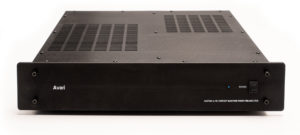
With Special Thanks to Avari Audio:
Audio by Mark Jones, Canadina Dealer
Archiving Vinyl, European Distributor

